Jonathan Matthews
Spinwatch, 11 Dec 2012
A new study suggesting a Monsanto GM maize and the company’s Roundup herbicide may pose serious health risks has been widely attacked, not just by scientists and commentators but also by scientific bodies and regulators. This article by Jonathan Matthews of GMWatch looks at the role of industry-linked scientists and lobbyists in a campaign aimed at getting the paper retracted. This article is also available to download as a PDF.
At the end of November Reuters ran the headline “Science journal urged to retract Monsanto GM study” and New Scientist also reported the growing pressure for retraction. These articles marked the latest stage in a campaign that kicked off the moment the study was published in mid-September, when researchers led by Prof. Gilles-Eric Seralini at the University of Caen in France announced their findings of serious health problems in rats that had been fed a Monsanto maize genetically engineered to be resistant to the company’s herbicide Roundup, as well as in rats just fed low doses of the herbicide itself. In both cases the rats fed with the GM maize and/or minute amounts of the herbicide in water were several times more likely to develop lethal tumours and suffer severe liver and kidney damage when compared to the controls.
Science Media Centre spearheads the attack
Although the publication of the results of the long-term feeding trial in Food and Chemical Toxicology made front page news in France, it got a very different reception in the English-speaking world. This was thanks to the rapid rebuttal efforts of the London-based Science Media Centre (SMC), which almost as soon as the study was published began spoon-feeding journalists with ready-made quotes from scientists savaging the study.
The SMC’s director Fiona Fox was subsequently reported as saying that she took pride in the fact that the SMC’s “emphatic thumbs down had largely been acknowledged throughout UK newsrooms: apart from the Mail, only the Daily Telegraph and the Financial Times covered the story in their print editions – and both used quotes supplied by the Science Media Centre.” She added that several television news programmes had also rejected the story after reading the quotes
The SMC’s quotes were pumped out internationally via its clones, like the Australian Science Media Centre, with like-minded local experts layered on the top. The quotes were also circulated to the media by Monsanto and other GM lobby groups. As a result, the quotes ended up in a lot of media coverage worldwide. One even popped up in the New York Times along with the scathing comments of Bruce M. Chassy, professor emeritus of food science at the University of Illinois.
Retraction campaign kicks in
Another key player in whipping up hostility to the paper was the American business magazine Forbes. In the ten days following the study’s release, Forbes published no less than six separate attack pieces targeting not just the research but also the researchers. The first two pieces drew extensively on the quotes from the Science Media Centre and ran with them, but the Forbes piece that grabbed the most attention, particularly on social media, was one that kicked off with a headline that labelled the paper a fraud. The article went on to accuse Prof. Seralini not just of “gross scientific misconduct” but also of having “a long and sordid history” of “activism”. The article concluded by bluntly telling the editors of Food and Chemical Toxicology that the only “honorable course of action for the journal would be to retract the paper immediately”.
The retraction campaign was by then well under way. An online petition was up and running, demanding in the name of “the scientific community” that Seralini hand over all his raw data. The petition was aggressively promoted via social media, often with the implication that the researchers had something to hide. The assertion that the study was “fraudulent” obviously played well into this campaign, which culminated in the Reuters and New Scientist pieces reporting the retraction calls. Both these articles reported on the petition, as well as containing lacerating comments from two UK scientists – comments once again provided by the Science Media Centre.
One of the published comments – from Prof. Maurice Moloney – said it was “appalling” that such a study should ever have been published in a respected journal. And a researcher from the UK’s John Innes Centre demanded to know whether it was not “time for Food and Chemical Toxicology to retract the manuscript?” The only other scientist quoted claimed the publication of the paper was more than just “a dangerous case of failure of the peer-review system.” It represented a threat to not just the credibility of the journal but “the scientific method overall”. This apocalyptic claim was backed up by the news that hundreds of outraged scientists had signed the online petition.
Who’s behind the retraction petition?
Writing in The Guardian at the end of September, John Vidal described the attacks already raining down on Seralini and his team as “a triumph for the scientific and corporate establishment which has used similar tactics to crush other scientists”. These included, Vidal said, “Arpad Pusztai of the Rowett Institute in Scotland, who was sacked after his research suggested GM potatoes damaged the stomach lining and immune system of rats, and David Quist and Ignacio Chapela”, who studied the flow of genes from illegally planted GM maize to Mexican indigenous maize.
The vociferous attacks on Quist and Chapela resulted in the apparent retraction of their paper by the journal Nature, even though such a move was not supported by the majority of its reviewers and subsequent research confirmed the paper’s main finding. But, as the French journalist Benjamin Sourice has pointed out, the simplest way to definitively discredit a study and nullify its impact is to pressurise the journal that published it to retract it from its list of publications.
In the case of Quist and Chapela, an investigation that I undertook with the journalist and author Andy Rowell of Spinwatch revealed how the campaign of retraction had been carefully orchestrated from the start by Monsanto’s PR people. It used proxies to whip up feeling against the lead author by branding Dr Chapela an “activist” rather than a scientist and by maintaining his findings were bogus and arrived at through collusion with environmental NGOs. Our research, which was widely reported in both print and broadcast media, suggested that at the heart of that retraction campaign sat Monsanto’s former chief internet strategist and director of corporate communications. Jay Byrne had gone on to found his own internet PR company v-Fluence, based like Monsanto in the corporation’s home town of St Louis.
Although Byrne appeared to be the campaign’s chief architect, its principal conduit was the lobby group AgBioWorld, overseen by the GM scientist CS Prakash. The“ipetition” on Seralini contains no information as to who sponsored it, but its first signatory is CS Prakash. Prakash also seems to have set up an earlier more primitive version of the petition, which clearly identifies him as its sponsor.
Some time after GMWatch flagged up the likely role of Prakash and AgBioWorld in the ipetition, the organisation acknowledged its authorship in a press releasewhich asserted that “the petitioning scientists are calling on the publishing journal editors to retract the Seralini study” if he failed to give in to their demand that he hand over all his data.
The AgBioWorld press release contained a quote by Bruce Chassy, who was alsothe first signatory of the earlier Seralini petition. Chassy was also the co-author of the Forbes piece accusing Seralini of fraud.
The article’s other author was Henry Miller, a darling of the rightwing press who operates out of the Hoover Institution, among other industry backed lobby groups. Miller, like Chassy, has long been associated with Prakash’s AgBioWorld. Miller recently co-authored another vitriolic piece on GM for Forbes, denouncing the “fear profiteers” of the anti-GM “protest industry”. Miller’s co-author on that occasion was none other than former Monsanto PR boss Jay Byrne of v-Fluence. Tellingly, Michael Pollan, the renowned New York Times food writer and professor of journalism at the UC Berkeley Graduate School of Journalism, described the piece by Byrne and Miller as a breathtaking example of “the Big Lie”.
Byrne hasn’t published any media pieces on Seralini. But it is apparent from Byrne’s Twitter account that he was almost solely preoccupied with discrediting the Seralini study from the day of its publication for about the next month. Byrne describes himself on Twitter as v-Fluence CEO and as “Contributing author, Let Them Eat Precaution”, a book on GM edited by Jon Entine. Entine, as it happens, is the author of probably more articles to date attacking Seralini than any other commentator.
Agribiz apologist
Entine’s book emerged out of an American Enterprise Institute conference overseen by Entine at which Byrne was an invited speaker. And Byrne’s v-Fluence turns up again in company with Entine at another AEI conference he oversaw – this one attacking corporate social responsibility (CSR). According to Business Ethics: “A second AEI conference featured AEI fellow Jon Entine – a long-time critic of SRI [socially responsible investing] – and Sarah Fuhrmann of v-Fluence Interactive Public Relations. Several v-Fluence employees are ex-public affairs staffers for Monsanto – where they honed skills fighting CSR initiatives that targeted genetically modified foods.”
Entine hasn’t just worked with Byrne and v-Fluence, but has also done paid work for Byrne’s company. In a piece about Entine by the food and farming commentator Tom Philpott, The Making of an Agribusiness Apologist, Entine denies being a hired gun for Syngenta in his work defending pesticides and downplays the fact that his company (ESG MediaMetrics) lists Monsanto as a client. This is how he explains it: “Nine years ago, I did a $2000 research project for v-Fluence, a social media company formed by former Monsanto executives. That’s the entirety of my Monsanto relationship.” Presumably Entine lists Monsanto and not Jay Byrne’s firm as his company’s paymaster because he recognises that what he does for v-Fluence he’s really doing for Monsanto.
Entine’s first attack on Seralini came out on Forbes within 24 hours of the paper’s publication. His second piece a few days later contained further attacks, not just on Seralini, whom he accused of steadfastly refusing to share his raw data, but on almost anyone who attempted to defend the study. Entine also published a third more recent article which focuses particularly on letters to Food and Chemical Toxicology requesting Seralini’s paper be retracted. In this he notes, “More than two dozen scientists from around the world co-signed a stinging rebuke of the Seralini study, concluding: ‘We appeal to you to subject the paper to rigorous re-review by appropriate experts and promptly retract it if it fails to meet widely held scientific standards of design and analysis, as we believe it fails to do.’”
The letter Entine is referring to was signed by, among others, CS Prakash, Henry Miller and Bruce Chassy. Several of the other signatories also have connections to AgBioWorld. Entine’s book on GM, incidentally, also has contributions from CS Prakash and his AgBioWorld co-founder, Greg Conko of the Competitive Enterprise Institute.
Cancer-prone rat
Another signatory of this joint letter to Food and Chemical Toxicology is Prof. Anthony Trewavas. Trewavas was also one of the experts quoted by the SMC in their media release that had such an impact on the reporting of the Seralini study.
In his SMC comments, which ended up being quoted in well over 20 different publications worldwide, Trewavas accuses the researchers of using a cancer-prone rat and claims: “[A] line [of rats] which is very susceptible to tumours can easily bias any result.” This line of argument was also developed for the SMC by another expert, Maurice Moloney who says Sprague-Dawley rats frequently develop mammary tumours
It is this cancer-prone rat claim, which Trewavas and Moloney first set running, that more than any other underpins the Chassy-Miller allegation of fraud. The suggestion is that the study was deliberately designed to generate tumours, i.e. that Seralini and his team intentionally chose the Sprague-Dawley rat for their research in order to produce exactly the result they wanted – cancer!
But although variants on this claim have been widely reported, there are a number of problems with it. Not only is this line of rats the same one that Monsanto used for the study that underlies the regulatory approval of this GM maize (NK603), but Sprague-Dawley rats have also been used repeatedly in toxicology and carcinogenesis trials, including long-term ones. They were even used in industry’s own two-year research studies submitted to regulators to support the regulatory approval of glyphosate – the active ingredient in Monsanto’s Roundup, one of the two substances that Seralini’s team were researching.
And the fact that this strain of rat has a 30%-plus tendency to “spontaneous” cancers across its lifetime actually means it’s a good model for humans, who have a similar susceptibility to the disease. What’s more, even allowing for the Sprague-Dawley rats having a tendency to spontaneous tumours, Seralini’s team found the rats fed on either the GM maize or the herbicide suffered an increase in the number of tumours and they had an earlier onset when compared to those in the control group. The researchers also took account of the spontaneous tumour issue by comparing their results to the rates of similar types of tumour in other published studies using the same strain of rat.
This is not to say that the Seralini study does not have its shortcomings. It’s true that the study had fewer rats than are recommended for cancer studies, but Seralini did not set out to look for tumours. His study was a chronic toxicity one that unexpectedly found striking evidence of increased tumours in the treated rats. Given this finding, the onus should now be on Monsanto to fund a full-scale carcinogenicity study using larger groups of rats to prove that its products are safe – something it has so far failed to do.
Angelika Hilbeck of the Swiss Federal Institute of Technology (ETH Zurich) describes the “wrong rat” argument first put forward by Trewavas and Moloney as “absurd”. Hilbeck says, “Seralini chose the same strain of rat as Monsanto. Do we really think that a substance should be tested on an animal that is not sensitive to it? With these defamations they wanted to distract us from the fact that Seralini used the same methodology as Monsanto. Because if you take Seralini seriously as a researcher, you have to take seriously his study and the comparison with Monsanto’s study. That would put into question Monsanto’s study and hence the approval of GM maize.”
Double standards used to condemn studies showing risk
In fact, many of the charges that have been made against the Seralini study could be levelled against the studies that have been used to approve GM crops, which are less detailed than Seralini’s and typically shorter-term. This is why a report by the European Network of Scientists for Social and Environmental Responsibility (ENSSER) concluded that a careful comparison of the Seralini rat feeding trial with Monsanto trials shows that if the Seralini experiments are considered insufficient to demonstrate harm, then those carried out by Monsanto cannot prove safety. This is because, whatever its limitations, Seralini’s study was conducted to generally higher scientific standards than the studies underlying GM food approvals.
ENSSER highlights the double standards whereby studies on GM crops like Seralini’s that show adverse effects are subjected to obsessive yet often poorly justified criticism of their experimental and statistical methods, while those like Monsanto’s that claim safety are taken at face value. In this way risk is assessed in an asymmetrical fashion so that the burden of proof is not on the biotech industry to provide adequate evidence of the safety of its products, but is on public researchers like Seralini to prove harm beyond any doubt. Other experts have echoed the charge of double standards, including around 140 French scientists who, in a public statement published in Le Monde, declared that it was contrary to scientific ethics to damn an experimental protocol when it gave results that were not wanted, while accepting it when it gave results that were.
These double standards can also be seen in the ipetition demanding that Seralini hand over all of his raw data to his critics. Those championing the petition have no history of demanding from Monsanto full public disclosure of all the raw data underlying its studies supporting safety (the industry studies on glyphosate, for example, are kept secret under ‘commercial confidentiality’ agreements between industry and regulators). This is why Seralini has said he will undertake full disclosure when the same level of disclosure takes place for all the studies underlying GM food approvals, so that like can be compared with like.
Public science and private interests
One of the early UK signatories of the ipetition, as well as a co-signatory, like Prof. Trewavas, of the letter to Food and Chemical Toxicology from Prakash, Chassy and Miller, is Prof. Chris Leaver. Leaver, like Trewavas, is a GM scientist. He is also a former advisor to the Science Media Centre and a former consultant to the GM/agrochemical giant Syngenta. Since 1984 Prof. Leaver has also been on the Governing Council of the UK’s leading public plant biotech institute, the John Innes Centre – something else he has in common with Prof. Trewavas, who was also for several years on the JIC’s Governing Council.
The JIC has been a key player in the criticism of Seralini. This is apparent as soon as you look at the SMC’s three media releases on the study. The first quoted eight experts including a senior scientist at the JIC and a former member of its Governing Council (Trewavas). The second quoted just one expert, Cathie Martin of the JIC. The third quoted five experts, of which three, including Cathie Martin, were from the JIC.
What makes this predominance particularly revealing is that the scientists in question are not experts on toxicology or animal studies. Their expertise is in plant genetics and GM. What’s more, the JIC and its Sainsbury Laboratory have had tens of millions of pounds in investment from GM giants like Syngenta. In fact, they are so dependent on the public acceptance of GM that a previous acting director of the JIC confided to his local paper that any major slowdown or halt in the development of GM crops “would be very, very serious for us”.
These vested interests are personal as well as institutional. Cathie Martin, for instance, says in her JIC profile, “I am inventor on seven patents and I recently co-founded a spin-out company (Norfolk Plant Sciences) with Professor Jonathan Jones FRS, to bring the benefits of plant biotechnology to Europe and the US.”Jones, who is quoted along with Martin in one of the SMC releases, co-founded another biotech firm, Mendel Biotechnology, which has Monsanto as its “most important customer and collaborator”.
The failure of Jones, who is also an advisor to Mendel Biotechnology, to be more explicit about his industry links, has generated controversy. Yet journalists are given no indication of these kind of conflicts of interest by the SMC’s releases, asthe journalist Joanna Blythman has noted: “The SMC introduced these experts to the media solely by listing the universities and public institutions that employ them, failing to give the full flavour of their interests.” And the problem goes much wider than the JIC, as Blythman notes with regard to the experts quoted in the SMC’s first media release: “seven out of eight are either evangelical advocates of GM food, or have received funding from, or worked with, prominent biotech corporations.”
Take, for instance, the very first expert quoted by the SMC, Prof. Maurice Moloney. This year, the SMC has featured Moloney in no fewer than four different media releases on GM. They typically identify him only as “Institute Director and Chief Executive, Rothamsted Research”, which is an independent charitable agricultural research centre. What journalists aren’t told is that Moloney is so enamoured of GM that he drives around in a Porsche with a GMO number plate, and has a CV to match. He is the inventor on more than 300 patents and his GM research underpins one of Monsanto’s main GM crops. He has also founded his own GM company in which the GM giant Dow AgroScience was an investor. The fact that Prof. Moloney’s career and business interests have long been centered around GM is not something the SMC seems to think journalists need to know.
Letters to journal fail to disclose conflicts of interest
This pattern of significant but undisclosed conflicts of interest is relevant to not only the majority of the SMC’s experts but also to many of Seralini’s other critics, including those responsible for the twenty or so letters published by Food and Chemical Toxicology in response to Seralini’s paper. Some of the letter writers are, in fact, exactly the same people that the SMC quotes. They are also often to be found amongst the earliest signatories of the AgBioWorld ipetition. Maurice Moloney, for example, not only turns up twice in the SMC’s media rebuttals of Seralini, but comes in at no. 11 on the list of ipetition signatories, and he wrote a letter to the journal.
Another letter writer demanding retraction is Prof. Mark Tester. Like Moloney and the JIC, Tester is a firm favourite with the SMC, featuring in three of this year’s SMC’s media releases and in many more over the years. He was already a favoured expert a decade ago when the SMC was accused of orchestrating a spin campaignto discredit a BBC drama on GM crops. The University of Adelaide staff directorybroadens out Prof. Tester’s academic profile in a way the SMC never has: “His commercial acumen is clear from his establishment of private companies and successful interactions with multinational companies such as Monsanto, Syngenta, Bayer and Pioneer-DuPont.”
Many other letter writers also have undisclosed industry links. Take, for instance, Martina Newell-McGloughlin. She identifies herself as the director of the International Biotechnology Program at the University of California/Davis, but fails to mention that the Program is funded by the likes of Monsanto, Syngenta, DuPont and Bayer. Another letter writer and a colleague at UC Davis, Kent Bradford, has consulted for Monsanto. Lucia de Souza wrote to the journal with Leila Macedo Oda on behalf of ANBio – the Brazilian Biosafety Association, without mentioning that ANBio’s funders include Monsanto, Bayer, and DuPont.
Then there are the letter writers who fail to mention their previous employers, like Andrew Cockburn, Monsanto’s former director of scientific affairs (Europe and Africa); L. Val Giddings, former Vice President of the Biotechnology Industry Organisation; and Sivramiah (Shanthu) Shantharam, former Syngenta man and until recently head of the biotech industry’s main lobby group in India.
Even letter writers who at first glance seem like they must be entirely independent of the biotech industry can turn out to have links. Take, for instance, Erio Barale-Thomas, one of the few toxicologists to criticize the Seralini paper in the journal. Barale-Thomas, who says he writes on behalf of the Administrative Council of the French Society of Toxicological Pathology, takes Seralini to task for his failure to declare a conflict of interest in his paper, namely that Seralini is president of CRIIGEN, an independent research group with concerns about GM, which contributed funding to the research. Yet CRIIGEN’s contribution to funding the study was declared in the paper, while Barale-Thomas does not disclose in his letter his own biotech interests. He is not only principal scientist at Janssen Biotech, but immediately prior to that he worked for the GM crop and agrochemical giant Bayer CropScience.
Another French scientist among the letter writers is Prof. Marc Fellous, whose declared connections are academic posts in the sphere of human genetics. What he doesn’t mention is that he heads up the French Association of Plant Biotechnology, which lobbies for GM crops and has been so aggressive in its attacks on Seralini that last year he successfully sued Fellous for defamation.
Science or ideology?
Another letter writer is the pathologist Sir Colin Berry. Like Trewavas, Berry is an advisor to the Scientific Alliance, an organization which campaigns on environmental issues, particularly climate change, energy policy and agriculture. It is pro-GM, pro-nuclear and sceptical about climate change. Its director, Martin Livermore, runs an agri-food PR consultancy, prior to which he did PR for the GM giant DuPont. The Alliance was established by the lobby firm Foresight Communication with money from right-wing business interests.
Trewavas is one of only a couple of scientists who not only signed onto the Prakash, Chassy, Miller letter but also sent their own letter of complaint to the journal. Trewavas concludes it like this: “this paper and this journal have dealt the value of evidence-based knowledge a serious blow and it can only be rectified if the paper is withdrawn by the authors with an apology for misleading the public and the scientific community alike… Ideology and politics must be kept out of scientific study or we all suffer.”
It is revealing that critics like Berry and Trewavas claim to champion an evidence-based approach while operating out of lobby groups that attack the scientific consensus on issues like climate change. Berry, incidentally, is also a shareholder in the company that owns the aggressively libertarian online magazine Spiked, which also promotes climate scepticism. Fiona Fox, the director of the Science Media Centre, was a long-time affiliate of the anti-environmental LM network that are behind Spiked.
The network around AgBioWorld also contains people with similar attitudes on environmental issues. These include Henry Miller, who co-wrote the article accusing Seralini of fraud, and AgBioWorld’s co-founder Greg Conko of the Exxon-funded Competitive Enterprise Institute, which specializes in denialist “straight talk on global warming.”
Given this, it is ironic that AgBioWorld’s Seralini petition was set up in the name of “the scientific community.” Similarly, Maurice Moloney says in his letter to Food and Chemical Toxicology that he thinks he can speak “for the vast majority of the biological sciences community.” But as we have seen, Moloney and many of the other letter writers link to a narrow and heavily commercialised sector of the biological sciences, albeit one with powerful backers. And some in this community have links to extremist lobby groups more concerned with ideology than evidence.
Peeling the GM onion
Identifying the real forces behind the front-men and carefully selected experts of “the scientific community” can be like peeling back the layers of an onion. Take Anthony Trewavas, the scientist who first helped get the cancer-prone rat claim into circulation. In 2001 Prof. Trewavas was named in the High Court in London as the source of a letter published in a Scottish newspaper that made libelous claims against GM critics (Greenpeace wins damages over professor’s “unfounded” allegations). Trewavas subsequently denied being the author of the libel letter published under his name, though he did admit circulating the material, which he said he had got from AgBioWorld. He said it had been written by a “lady in London” but “she” later turned out to be a front for the same Monsanto PR people whocovertly directed the campaign that resulted in Nature’s apparent retraction of Chapela’s GM maize paper.
Trewavas, a long-time associate of Prakash and AgBioWorld, also played a notable role in that campaign. In that case, Trewavas encouraged people to demandChapela be fired by the University of California, Berkeley, unless he handed over his maize samples for checking: “We should be asking Berkeley to request Chapela to release his samples so that they at least can be checked… Refusal to do so should then be used to request Berkeley to relinquish Chapella’s [sic] position.” Such calls to arms against Chapela were mostly posted on the AgBioWorld listserv. This use of the listserv eventually enabled Monsanto’s covert orchestration of the campaign to be exposed.
The attack dog in the night-time
Interestingly, as the attacks on Prof. Seralini and his paper spread across both mainstream and social media, AgBioWorld’s listserv went missing. In the two months following the publication of Seralini’s paper, not a single bulletin went out on the listserv that played such a pivotal role in achieving retraction of the Mexican maize paper.
AgBioWorld’s sudden silence calls to mind a famous exchange in The Memoirs of Sherlock Holmes:
Detective: “Is there any other point to which you would wish to draw my attention?”
Holmes: “To the curious incident of the dog in the night-time.”
Detective: “The dog did nothing in the night-time.”
Holmes: “That was the curious incident.”
With Seralini, it’s the curious silence of Monsanto’s attack dog that suggests that this time the covert PR war is being conducted by other means.
If the silence of AgBioWorld’s listserv is suggestive, so too is the attempt to silence GMWatch. Within days of the publication of the Seralini paper, our website came under major DDOS (Distributed Denial of Service) attacks. The contours of the attacks followed the peaks of the controversy, with the two biggest and most debilitating attacks coinciding with days on which the major rebuttals of Seralini’s paper were published. The GMWatch website had by then become a clearing house for rapid responses in English to the attacks on Seralini. We have no proof as to who was behind the attacks – that’s hard to establish with DDOS. But oddly enough, an article in the Guardian about the retraction campaign against Quist and Chapela noted, “Just before the [Mexican maize] paper in Nature was publicly challenged, the server hosting the accounts used by its authors was disabled by a particularly effective attack which crippled their capacity to fight back.”
More than a decade later history seems to be repeating itself in the covert war over GM crops.
Jonathan Matthews is the founder and director of GMWatch and has written numerous articles on the politics and spin around GM crops. He’s a contributing author to Thinker, Faker, Spinner, Spy: Corporate PR and the Assault on Democracy, eds Dinan and Miller (Pluto Press). Additional research: Claire Robinson, co-editor, GMWatch.





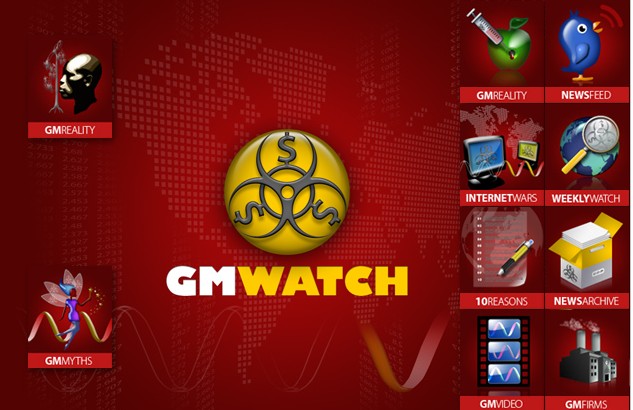



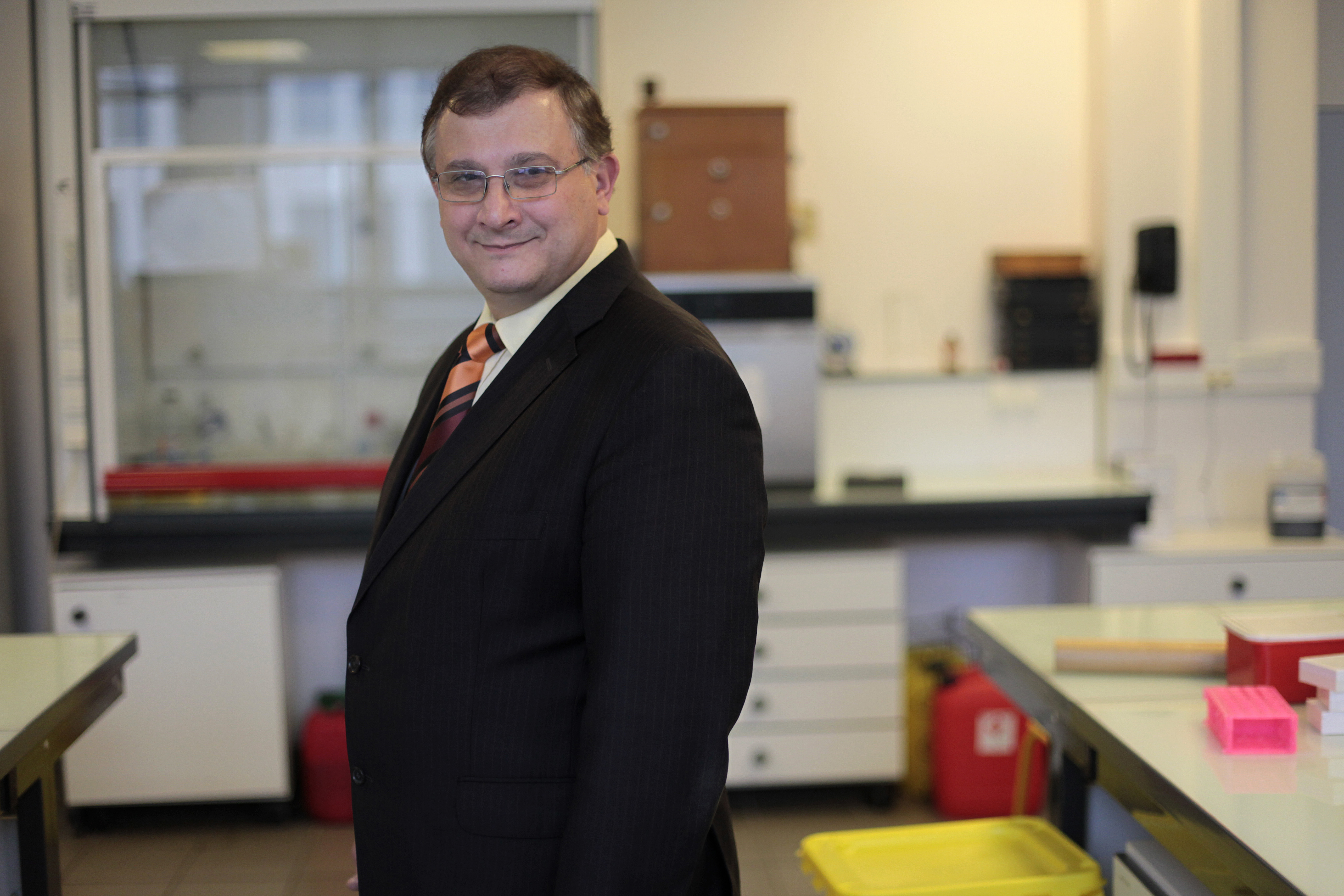
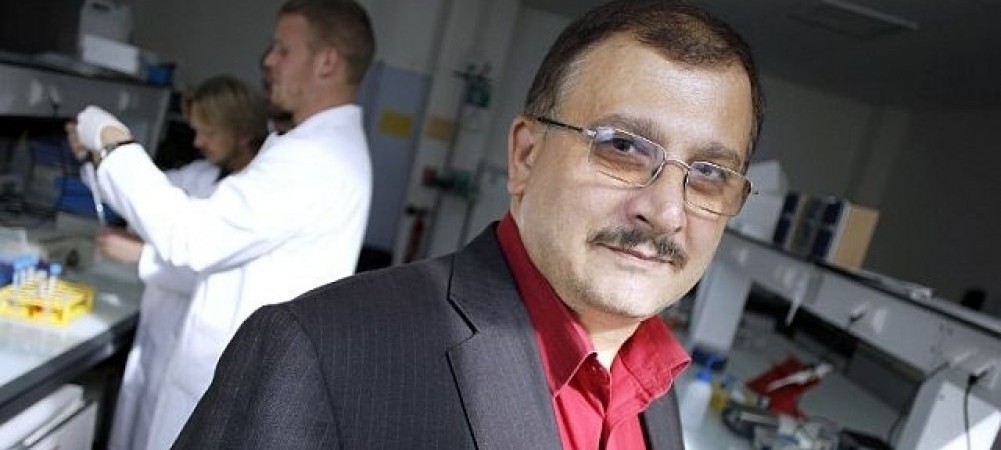

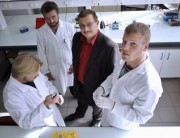
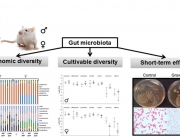

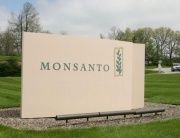




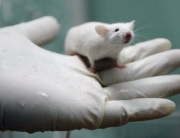
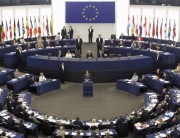



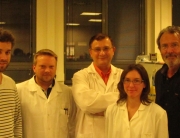


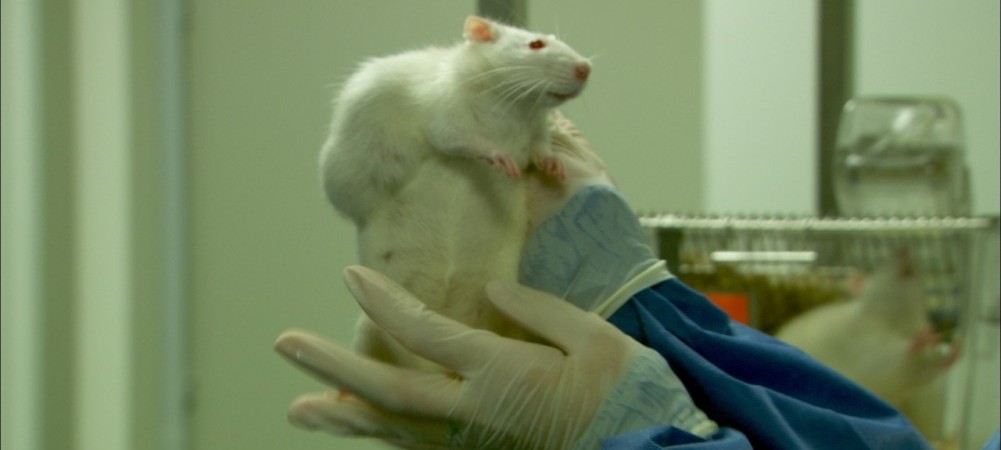

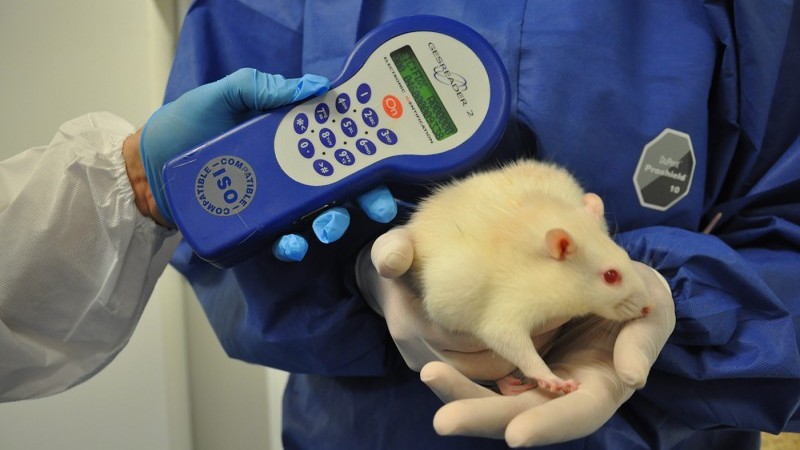
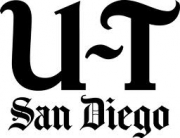
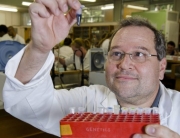
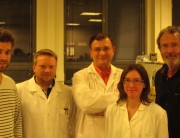

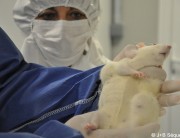
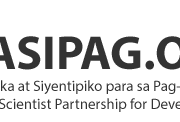





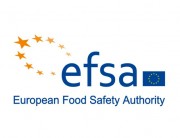
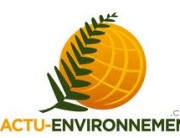
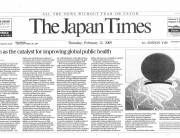

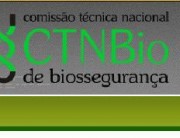


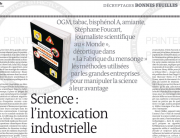





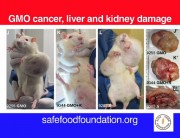

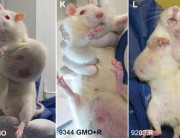
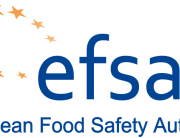
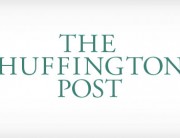
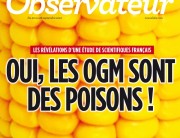

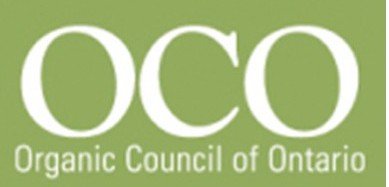













I really appreciated this article – and especially the in depth “un layering” of the level upon level upon level of lies, subterfuge and myth makers in the biotechnology GMO arena. The goal in the end is control of all food, all genes, all carbon, the creation of the cyber “god” and the elimination of the human soul.
So we battle the Goliaths where we can – though education, truth and where we spend our money. And, spiritually, through prayer. The lies of GMO “safety” are thick, deep, decades old. But they are still lies. And ultimately, lies cannot stand, because evil eats its own tail. Keep flashing your lights.
Do not give up. Greater is he who is in you than he who is in the world.
I agree with you that they are liars. The truth will come out some day. But what about the side effects of the gmo’s till then. If they are correctable then no worry. But what will happen if they are not correctable or are irreversible? I will explain one case. The trees of some specific species are dying on a very large scale through the globe. The scientic community says that it is insect, some say that it is because of the fungus or rise in temp or finally change in climate. Finally the conclusion is that some mysterious disease is killing them. All these trees like tan oke, eucalyptus, mangoes, oranges and many other are dying selectively and the present scientific community even though they have lot of tools with them are keeping mum or just diverting the attention of common man as well as the polititians. Some are making money out of this by opening up new projects such as to find the new varieties which are resistant to such climate change. Take a case of banana. I am suggesting banana as very recently Australian govt helped a lot to take the trials of such GM bananas. The new variety was modified for putting off the immune system of plant. Instead of finding out the the real reason, the pathogen which was responsible, they want to to put off the self defence of the plant. why? I think that pathogen must be a new one, as this is happening recently and must have some links to technology which they want to protect as it is minting money for each of them with which every thing can be set right, except the gone trees which are converting co2 back to o2 or feeding a large portion of population by providing food.